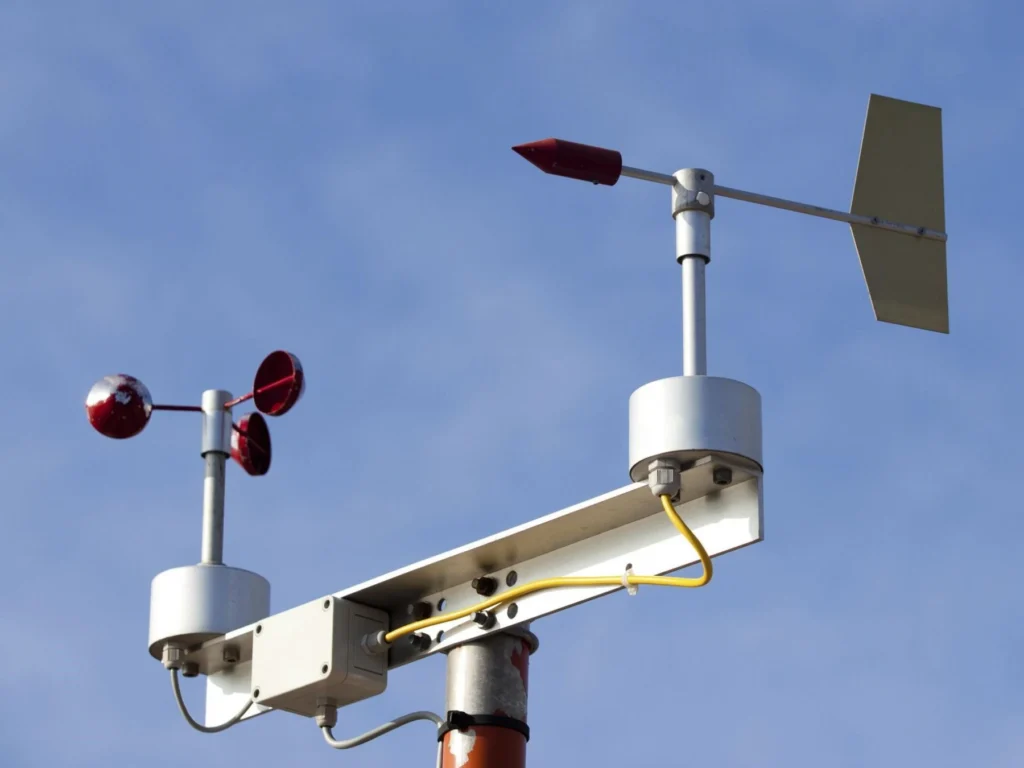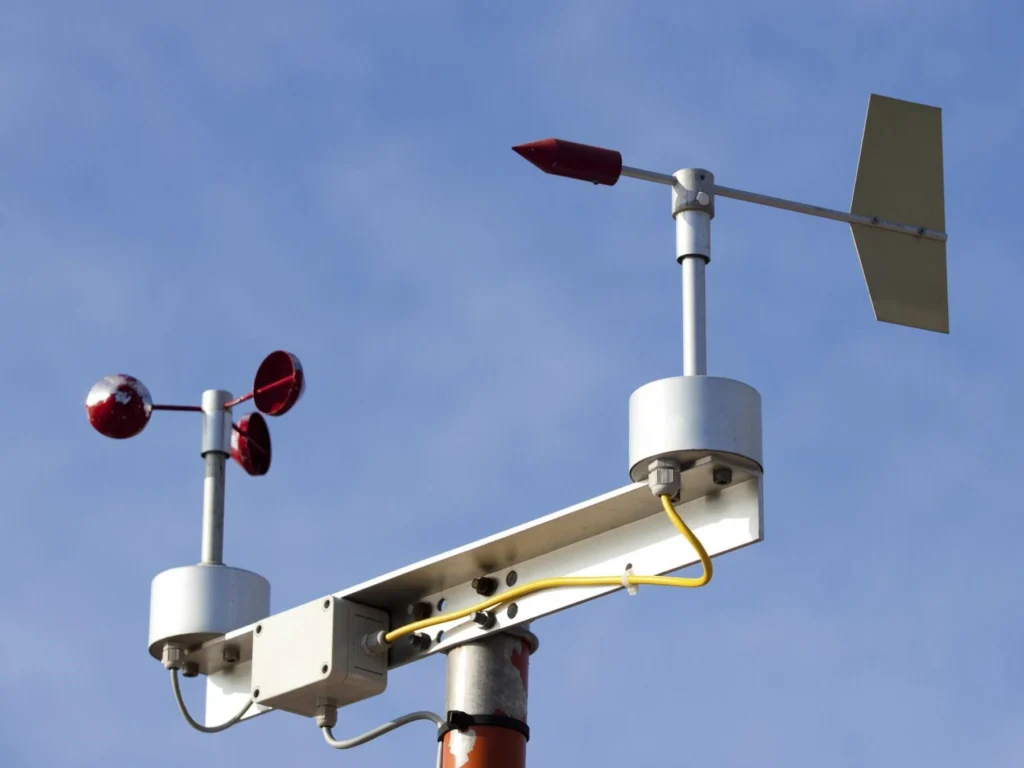
# 10 Practical Applications of Rain Gauges in Everyday Life
Rain gauges are simple yet essential tools used to measure the amount of precipitation over a specific period. While they are commonly associated with meteorology, their applications extend far beyond weather forecasting. Here are ten practical uses of rain gauges in everyday life:
## 1. **Gardening and Landscaping**
Rain gauges help gardeners and landscapers monitor rainfall to determine when and how much to water plants. This ensures optimal growth and conserves water by avoiding over-irrigation.
## 2. **Agriculture**
Farmers rely on rain gauges to track precipitation levels, which directly impact crop health and yield. Accurate rainfall data helps in planning irrigation schedules and managing water resources efficiently.
## 3. **Flood Prevention**
In flood-prone areas, rain gauges provide early warnings by measuring excessive rainfall. This data helps authorities and residents take preventive measures to minimize damage.
## 4. **Water Resource Management**
Rain gauges are crucial for managing water resources in reservoirs, lakes, and rivers. They help in predicting water availability and planning for droughts or surplus conditions.
## 5. **Construction Projects**
Construction sites use rain gauges to monitor weather conditions. Excessive rainfall can delay projects or compromise safety, so accurate data is vital for planning and risk management.
## 6. **Environmental Research**
Scientists use rain gauges to study climate patterns, precipitation trends, and their impact on ecosystems. This data is essential for understanding environmental changes and developing conservation strategies.
## 7. **Urban Planning**
City planners use rainfall data to design drainage systems, manage stormwater, and prevent urban flooding. Rain gauges provide the necessary information to create resilient infrastructure.
## 8. **Education and Awareness**
Rain gauges are excellent tools for teaching students about weather, climate, and the water cycle. They also raise public awareness about the importance of water conservation.
## 9. **Sports and Recreation**
Outdoor sports and recreational activities often depend on weather conditions. Rain gauges help organizers make informed decisions about scheduling and safety.
## 10. **Personal Weather Monitoring**
For weather enthusiasts, rain gauges are a fun and practical way to track local precipitation patterns. They can also be used to compare personal observations with official weather reports.
From agriculture to urban planning, rain gauges play a vital role in various aspects of daily life. Their simplicity and accuracy make them indispensable tools for managing water resources, preventing disasters, and enhancing our understanding of the environment.
Keyword: 10 uses of rain gauge




